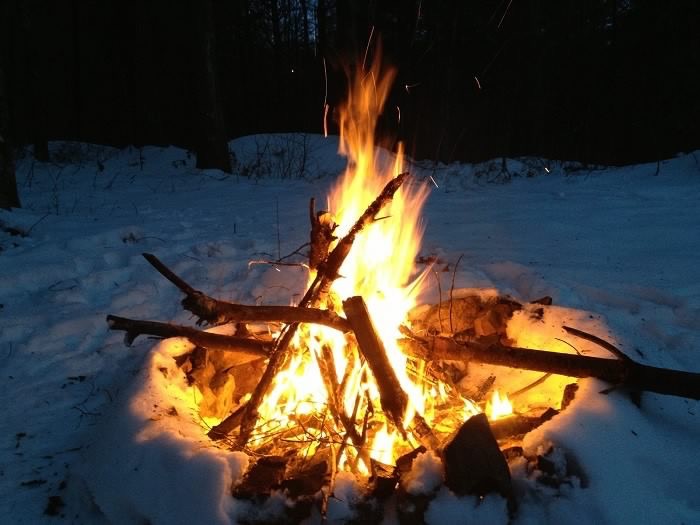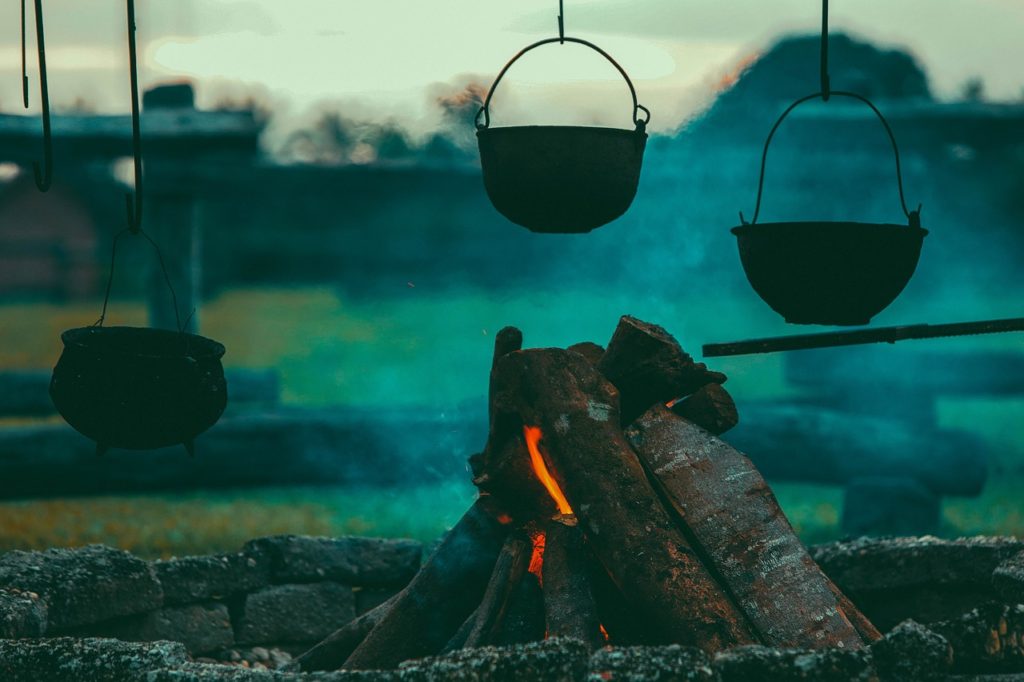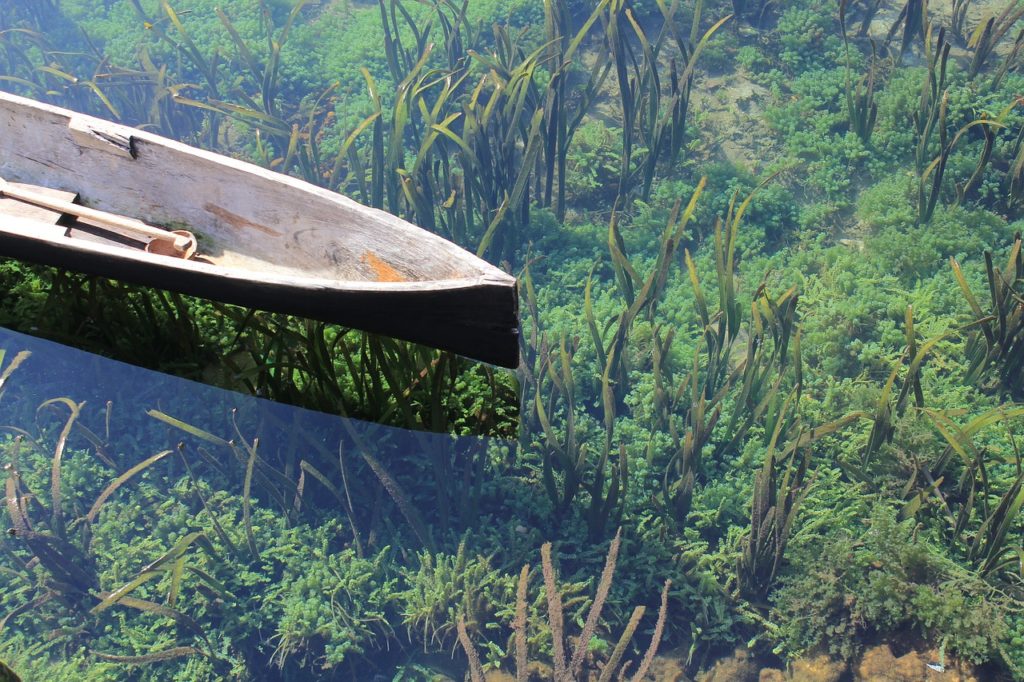When you’re working your survival skills, wood is most of what you’ll be working with. It’s the most available survival material and far easier to craft than stone or bone. Oh, and let’s not forget: it burns.
But which type of wood should you use for your shelter, your fire, or your bow? We’ve assessed the properties of different common trees. The following is a guide to the best material for every key survival task.
We’ll be giving you some general guidelines, as well as pointing out Survival Gold Standard Trees – while they could be hard to find, they’re the absolute best for their appointed survival skill.
Break It Down: Hardwoods vs. Softwoods
Wood generally falls into one of two categories: hard and soft. Now is the time to get all the jokes about hard and soft wood out of your system.
Softwoods generally come from evergreen trees with needles, such as spruce, fir, cedar, and pine. They’re less dense, lighter, and grow quickly. Much like a Hallmark card, they can contain significant amounts of sap.
Hardwoods are denser, and their trees are usually deciduous, with broad leaves. Their wood is heavy, hard, and durable. Hardwood trees include common varieties such as maple and oak, fruit and nut trees, and many more.
We’ll get more into the uses for these different properties, but it’s wise to learn about the types of trees that are native to your area, and which ones fall into the hard and soft categories. That way you’ll have a go-to tree for every possible scenario. Well, maybe not every scenario.

Fire
The first and foremost use for wood is, of course, fire. While technically possible, it’s pretty hard to get a fire going with a live bear.
Hardwoods like oak and maple are often recommended for fires. Because of their density, they produce high heat when they burn and burn for a long time. However, oak and maple require prolonged exposure to high heat before they’ll catch flame.
We recommend starting your fire with some soft woods, which split easily and light quickly. Use the heat from your softwood logs to catch hardwood logs for a hot fire that burns all night. In addition to the rash on your groin, that is – you probably shouldn’t have wiped with poison ivy.
Survival Gold Standard Trees:
- Birch trees are technically categorized as a soft hardwood, but make great fire starters, as they burn quickly and very brightly. Birch bark can also be used as tinder.
- Black locust is a particularly prized hardwood for fires but grows with thorns near the leaves that make it hard to handle. Hope you brought some gloves.

Cooking/Smoking
Survival cooking is closely related to fire-making, as there’s pretty much no other way to cook anything in the wild. That said, cooking has more specific parameters on wood choice than simply making a fire for heat.
While softwoods can be a great choice for getting a fire going, you don’t want to cook over them. They burn too quickly and can often contain a pungent sap, which makes their smoke acrid.
Most hardwoods will work well for cooking, but the wood of fruit and nut trees is particularly prized. They lend good flavor to the food as well as creating a lot of ambient heat for your food to roast in.
If you’re not interested in dying, which seems likely based on your presence on a survival blog, avoid cooking with yew, oleander, or sassafras. These woods are poisonous, and ingesting their smoke could make you seriously ill or worse (see the part about dying).
Survival Gold Standard Trees:
- Hickory, applewood, and pecan are all the best of the best. Think BBQ – people with barbecue pits don’t mess around.
Tools and Weapons
Hard woods are an easy choice for tool and weapon making. While they’re tougher to work with, you only need to carve a relatively small amount of wood, and their durability and strength are superior.
While not quite ideal enough to make our Survival Gold Standard cut-off, hickory, maple, and oak are all serviceable options for tool handles, weapons, and more.
If you’re struggling to decide if a wood is strong enough for your planned weapon use, think about how much you wouldn’t want to be stabbed in the face with it.
Survival Gold Standard Trees:
- Ash is the classic choice for spear shafts, oars, and tool handles, due to its hardness and straight grain.
- Elm makes a great mallet. Its grain is interwoven, which makes it hard to split, even after taking a beating.
- Yew is the ultimate wood for a bow. It’s categorized as a hard softwood, and this combination of strength and elasticity is the balance you’ll need.

Canoe/Raft
For watercraft, the key is buoyancy. Soft woods are not only easier to work with – they float better, too. Pine, cedar, and spruce are all great choices for rafts or canoes.
Survival Gold Standard Tree:
- If you want to do it like they did in the old days, use tuliptree (aka yellow poplar). These trees were the most commonly used by Native Americans when making dugout canoes.
Survival Shelter
Making shelter defies some of the rules of selection we’ve laid out here. When you’re building a survival shelter, your goal is to get yourself covered ASAP, and that means it’s best to use what’s readily on hand.
Use fallen wood you can pick up off the ground. Look for branches that are portable, but large enough to bear weight. Any time spent hewing logs or chopping is probably time and energy you won’t have this early in the game.
If soft woods are nearby, they’ll be easier to work with if you need to do any cutting. Live boughs with needles attached are great for roofing.
Survival Gold Standard Trees:
- Pine and fir are probably the most commonly used woods, but don’t overlook birch bark as a roofing material.
- Chestnut and black locust are particularly rot resistant and are a great choice for tent stakes/poles.
Taking A Dump
You can seriously pick any tree for this – it doesn’t matter if it’s hard or soft wood. Just make sure there aren’t any fire ants at the bottom.